Dealerships and companies keep advertising “Powertrain Warranties” with all the information in fine print—left for you to read and learn on your own. We are here to help.
What is the Powertrain?
The powertrain is made up of every part and component that mechanically propels your car, starting with the engine all the way to the wheels. It includes the transmission and the driveshaft as well as smaller parts like cv joints and differentials.
What is the Drivetrain?
The drivetrain is part of the powertrain, but a more a specific grouping of elements that are involved with turning the wheels.
What are the Parts of the Powertrain?
The Engine
While used broadly, the engine refers to the parts utilized to convert gas into energy to keep your car on and working. It converts gas into motion allowing you the ability to move forward. It’s made up of a four-part cycle to continually generate power: intake, compression, combustion, and exhaust.
This energy transfers to the clutch and transmission that controls and converts the amount of energy passed onto the tires.
The Transmission
The transmission converts power from your vehicle’s gearbox and clutch. Next, it transmits that energy along to the next stage. Transmissions are not the same across the board and vary car to car.
Manual Transmission
Commonly referred to as “stick,” manual transmissions require drivers to physically engage the clutch while shifting gears. Ultimately, it gives drivers the ability to control the amount of power sent to the wheels.
Automatic Transmission
Instead of the driver, sensors decide when to shift gears and processors do the shifting with an automatic transmission. As the name suggests, they do it automatically with no additional assistance need by the driver except accelerating and breaking.
Semi-Automatic Transmission
Dubbed the “clutchless manual,” the name says it all—its a manual transmission minus the driver physically engaging the clutch.
Instead of a clutch pedal, drivers utilize paddles on the steering wheel to shift through the gears. Processors and sensors do the actual shifting. Semi-Automatics are smoother and faster than standard manuals. However, they are more prone to malfunctions and can be quite a bit more expensive to fix.
Continuously Variable Transmission
A CV Transmission has no gears. Instead, they use gears and pulleys to propel your vehicle. One pulley runs from the engine while another runs from the driveshaft—giving the transmission an infinite amount of power rations. In effect, this allows the car to always run with precise power and efficiency.
The ride is smooth, and minus the jerk of a car shifting gears. Additionally, the transmission is always engaged decreasing power loss. However, there are no engine breaking abilities—or off-roading as the transmission cannot convert enough power.
Driveshaft
The driveshaft is the start of the drivetrain portion of the powertrain and acts as the propeller—converting the transmission energy into torque. It runs down the center of rear-wheel drive (RWD), all-wheel drive (AWD), and four-wheel drive (4WD) vehicles.
Driveshafts are unnecessary for front-wheel drive (FWD) vehicles with forward engines (engines in the front of the vehicle versus engines located in the rear). These cars have a transaxle. The transmission’s output goes to a gear that directly interacts with the differentials.
Differentials
With one set up front for FWD and RWD and two sets for AWD and 4WD, differentials split the power evenly for both wheels.
Without differentials, wheels would have to rotate at the same speeds at all times. Instead, they can spin differently allowing for better grip and traction.
Constant Velocity Joints
CV Joints are an often forgotten item in the drivetrain. These ball-and-socket joints found inside and outside of the driveshaft connect the axels to the front wheels. The inside joint connects the transmission to the differential, and the outside joint connects the driveshaft to the wheels.
CV Joints help convert torque from the power supplied by the transmission. In FWD cars, they provide power and torque while the wheels are turning.
Axels
The axels hold your wheels onto your car while allowing the wheels to rotate.
Powertrain Warranties
If you’ve ever heard a car commercial, you have most likely heard the term “powertrain warranty.”
These warranties cover everything we just discussed—sometimes. It’s important to remember that warranties do not cover everything, they have loopholes involving wear items. For example, while involved with creating power the clutch is considered a wear item. Additionally, improper maintenance, like failing to change your oil, can void a warranty.
Before driving away, make yourself familiar with your warranties terms and clauses.
Your car’s powertrain is a combination of all the parts and components involved in mechanically creating, converting and transferring power. It starts with the engine and ends at the wheels including the clutch, transmission, driveshaft, and axels. For more questions about the powertrain and any repairs, call Northwest Auto Center of Houston at 281.894.8880.

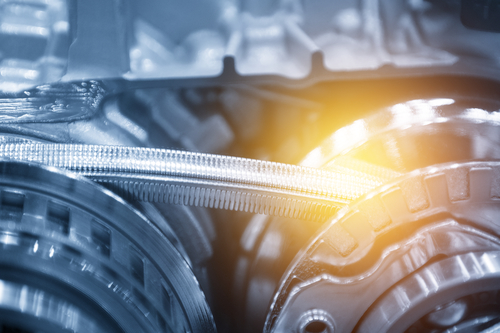
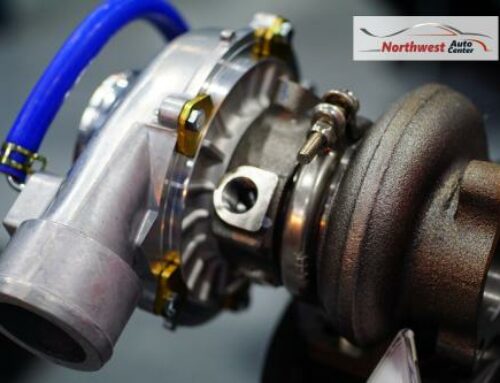
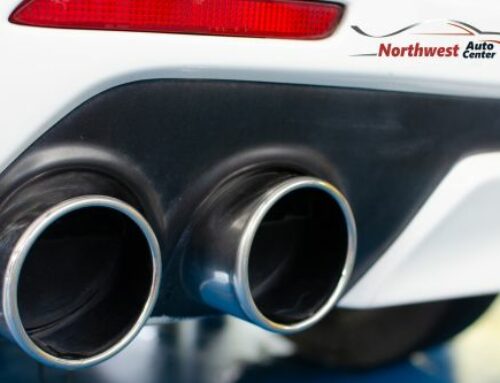

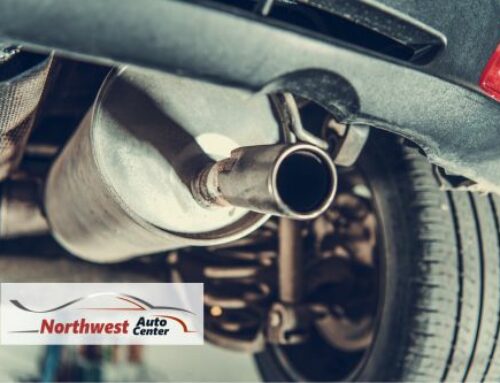
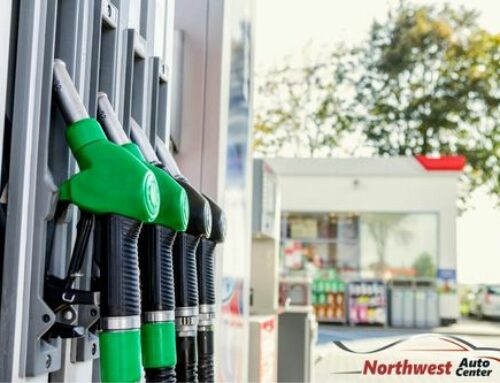
[…] Neither is a car habit that is great. Fast acceleration burns fuel, but also puts a massive, sudden load on the drivetrain. Braking quickly causes wear to the brake pads and […]
[…] part of your vehicle’s powertrain the transmission moves the power from the engine to your wheels. With all that responsibility, […]